IndyCar vs F1: Key Differences, Strategy, and Refueling in Motorsports
Formula 1 and IndyCar are the pinnacle of open-wheel racing, with each series boasting unique strategic demands and competitive landscapes. To stay ahead, teams must adapt to evolving conditions, leveraging strategy to gain an edge. In this article, we’ll explore the difference between IndyCar and F1, covering fuel management, tire strategy, and the specific rules that shape race dynamics in each series.
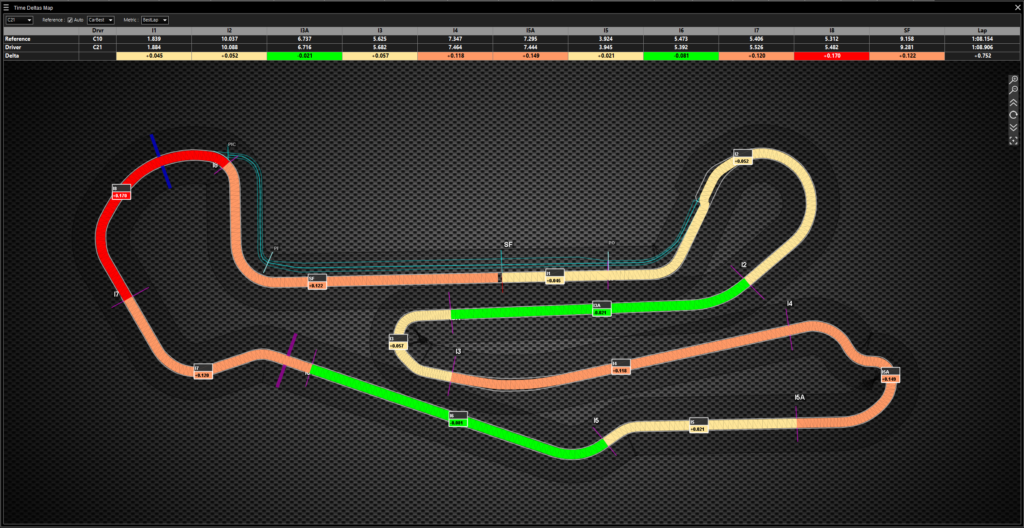
When defining a strategy for any series, the main considerations are fuel mileage, tyres and the unexpected. The regulations specify the tyre and fuel requirements, while teams have defined their protocols for anticipating the unforeseen.
IndyCar vs F1: Fuel Management and Pit Stop Strategy
As a general rule, motorsports teams want to spend the minimum amount of time in the pit lane relative to their competition. Therefore, an effective pit stop strategy is fundamental to any race win. However, defining the optimum time to pit varies drastically depending on the regulations of each championship.
Formula 1 Fuel Strategy
In Formula 1, refueling has been banned since 2010. This restriction means that pit stops are focused on tire changes rather than fuel management. Teams must carefully manage tire degradation to optimize their stints and avoid unnecessary pit stops. The emphasis is on tire preservation, with pit strategies designed around the tire compounds available for each race.
IndyCar Fuel Strategy
IndyCar, however, permits refueling, making fuel management a central part of race strategy. Drivers who can conserve fuel gain an advantage, especially during full-course yellow flags, where they can pit without losing significant track position. This fuel-focused approach allows for greater flexibility and often leads to opportunistic pit stops during caution periods.
“Unlike F1, which is dominated by tires, IndyCar strategy revolves around fuel consumption, safety cars, and cautions,” explains Mike Caulfield, Senior Motorsport Product Specialist at SBG and former Head of Race Strategy at Haas F1. “With the introduction of the 2022 alternate tire, which has higher degradation, tire life is starting to play a more significant role in IndyCar strategy.”
So IndyCar strategy is more focused on fuel consumption, cautions or safety cars. However, the new 2022 alternate tyre has much higher degradation, which brings tyre life more into the strategy equation.’
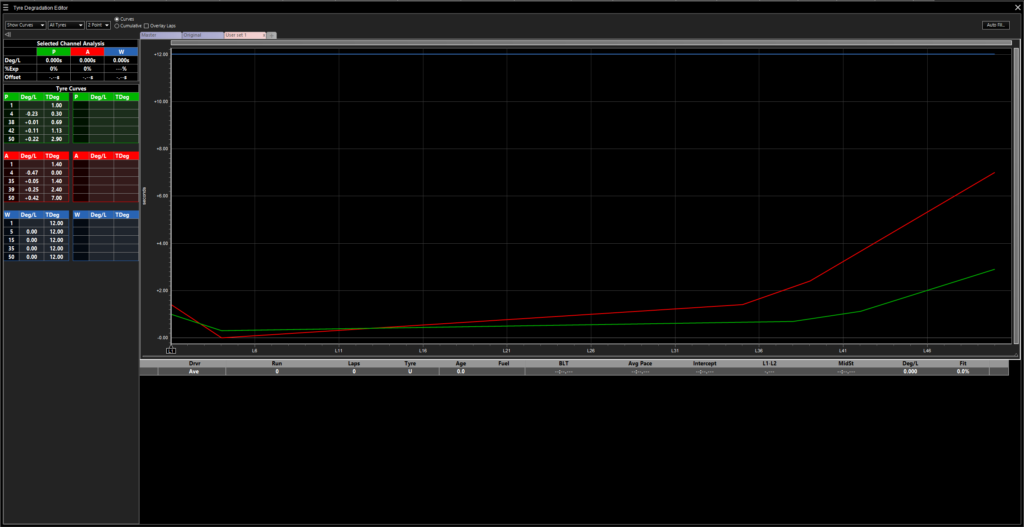
Do Indycars Refuel?
Yes, Indycars do refuel during races. Unlike Formula 1, where refueling is banned, IndyCar drivers can refuel during pit stops, making fuel management a core aspect of their race strategy. By conserving fuel, drivers can extend their stints and potentially capitalize on full-course yellows, where they can pit without losing track position. This difference between IndyCar and F1 is a defining feature that adds an extra layer of strategic complexity to IndyCar racing.
Tire Strategy: IndyCar vs Formula 1
Formula 1 Tire Choices
Extracting the maximum performance from the tyres, whilst managing degradation is the enigma that teams are constantly trying to solve. To complicate matters further, the sporting regulations specify the type and number of tires teams are allowed to use.
In Formula 1, Pirelli supplies five compounds ranging from C1 (hardest) to C5 (softest), along with intermediate and full-wet options for varied weather conditions. For each race, Pirelli selects three compounds, designated as hard, medium, and soft, which teams must use strategically to manage tire life and performance.
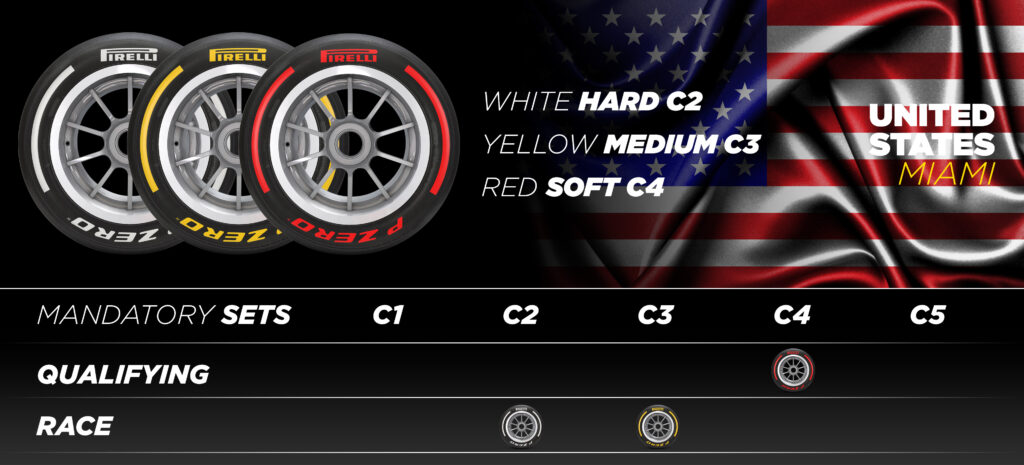
For each race weekend, teams are limited to thirteen sets of slicks, four sets of intermediates and three sets of wets. However, two sets of slicks must be the mandatory race tyre and another set must be the mandatory qualifying tyre. Otherwise, teams choose the remaining sets, which is a particular challenge when the allocation needs to be decided fourteen weeks ahead of the event. One wrong choice could mean the driver is on the wrong tyre during the race.
IndyCar Tire Options
In IndyCar, Firestone offers a broader array of tire constructions to accommodate the diverse range of tracks on the calendar. IndyCar tires are classified into five main categories: street course, road course, Indy 500, superspeedway, and short oval tires. For street and road circuits, teams choose between primary (black) harder compounds and alternate (red) softer compounds, while only primary compounds are used on oval tracks.
The variety of tire options, coupled with differing track conditions, makes IndyCar tire strategy particularly challenging. Teams must constantly adapt to tire behavior, especially given that new tires are developed each year, resulting in limited baseline data.
Understanding the behaviour of all these different types of tires, is a real challenge in IndyCar, especially when the tires change almost every year and so there is limited baseline data to start from. Teams also have to deal with the variety of track surfaces and the IndyCar schedule which means that long runs are typically completed in the warmup – a few hours before the race.
Safety Cars and Full Course Yellows: Strategic Implications in IndyCar vs F1
Formula 1 Safety Car Strategy
In Formula 1, teams aim to pit under virtual or full safety car conditions to minimize time loss while rivals are at reduced speed. Pitting late in the pit window and waiting for a potential safety car is common, but this can lead to an “undercut” scenario where a team’s strategic advantage can be lost if another team pits first.
This means they cover less distance relative to you pitting under normal racing conditions. This encourages teams to pit towards the end of the pit window and wait for a potential safety car.
This is an effective strategy, until a team decides to dive into the pits first and undercut you. As you finish the rest of the lap on older, slower tyres before pitting, the driver who pitted first has done a much faster out lap on fresh rubber. Consequently, when you come out the pits, you are behind. This usually triggers a domino effect where all the teams pit to try and mitigate the effect of the undercut.
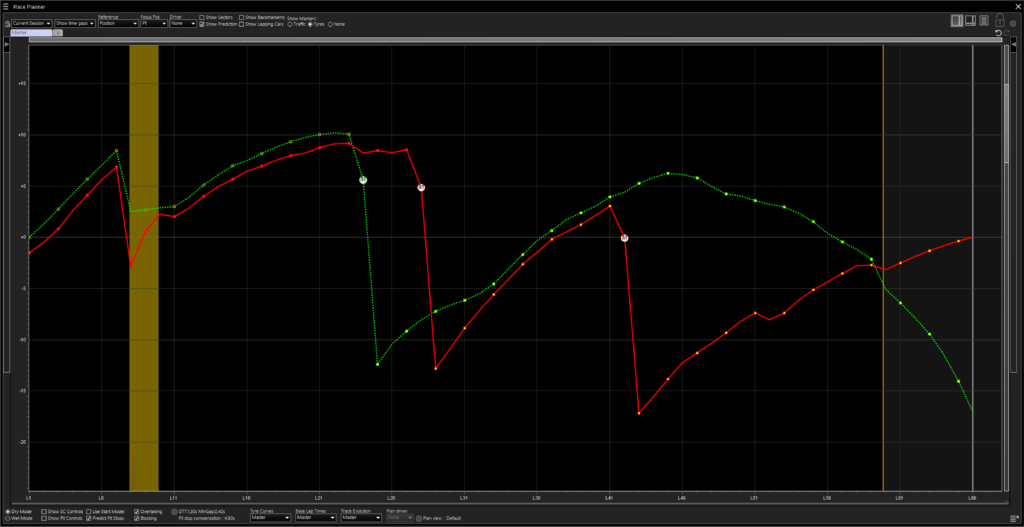
IndyCar Safety Car and Yellow Flag Strategy
IndyCar has unique rules for full-course yellows, where the pit lane closes until the field is grouped together. Only then does the pit lane reopen, allowing teams to capitalize on caution periods. However, if a driver enters the pits just as a yellow flag comes out, they face a penalty, as they must drive through the pit lane and lose track position.
Unfortunately, if a driver enters the pits and a yellow comes out, the pit lane is closed. This means they will have to drive through the pit lane, end up at the back of the pack and then pit when the pit lane opens again.
If a driver has to stop to refuel when the pits are closed, they will receive a drive through penalty which has to be served when the race goes green. This penalty of being caught in the pits by a full course yellow is so severe that on road and street courses, IndyCar teams will try to pit as early as they can within the pit window.
Indycar Strategy: Racing on ovals
On oval circuits, however, the opposite is true. Due to the length of the track, pitting under green racing conditions can put you two or three laps behind. Therefore, teams want to pit under a full course yellow because this not only allows them to capitalise on those who pitted under green, but by joining the back of the pack they also haven’t lost those two or three laps.
This leads to Indycar teams pitting at the end of their pit windows, in the hope of a full course yellow.
With yellows playing such a crucial role in defining the optimum strategy, it’s vital that strategists and race engineers have all the information they need to make quick and accurate decisions when a yellow flag comes out.
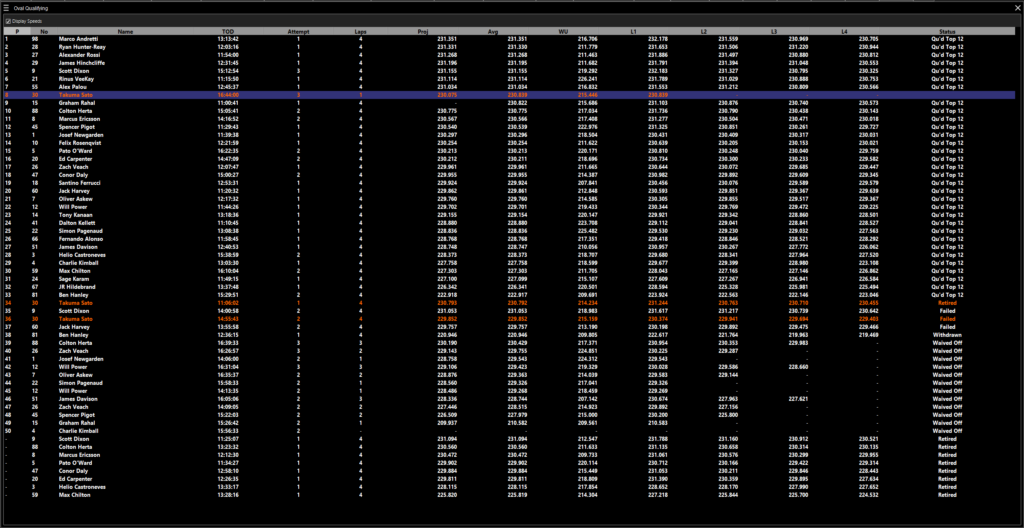
‘A great example of this was at Texas [last year] when a rapid situation occurred on track,’ explains Craig Hampson, Director of Trackside Engineering at Arrow McLaren SP.
‘There was a yellow flag on track and a lot of passes going on. As a team, you want to be able to advocate for yourself to ensure that you hold your running position to the exact timing of the caution. With RaceWatch we were able to confirm instantly where we should be in the running order. In the past, without RaceWatch, that possibly could have cost us two or three places out on track.’
Enhancing Strategy with Data Integration: RaceWatch for F1 and IndyCar
Both Formula 1 and IndyCar teams rely on advanced data integration tools to support real-time strategic decisions. RaceWatch, a comprehensive tool, combines telemetry, timing, race control messages, and competitor tracking into one platform, providing a complete data overview for strategists.
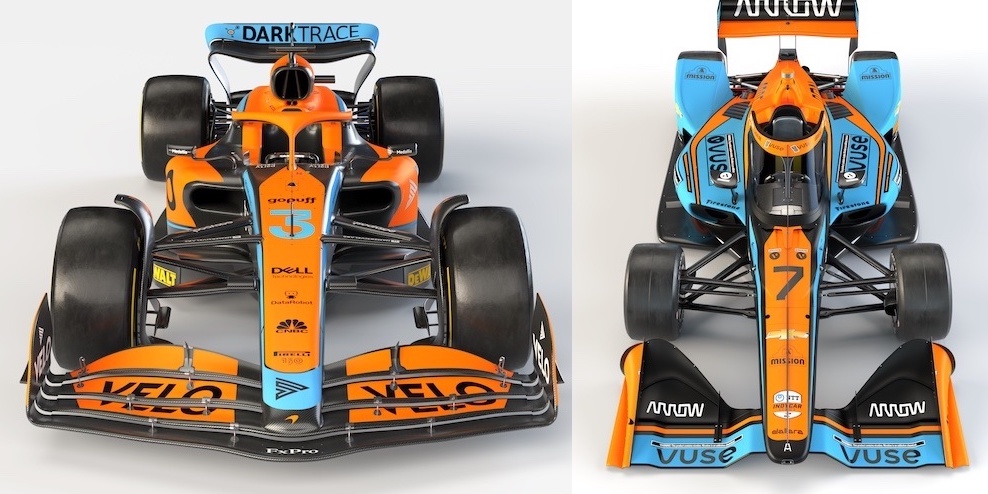
‘We have developed RaceWatch to bring together all the streams of data available to teams in once platform,’ highlights Caulfield. ‘That includes telemetry, timing data, race control messages, competitor tracking and strategy modelling. We’ve also developed the visualisation of this data to ensure that engineers can access relevant information quickly but also view and understand data in ways they may not have thought about before.’
‘Having race data with integrated video and race radio enables us to have all of the context of the race or a situation within the race and to be more informed,’ explains Hampson.
‘It enables us to more likely make the right decisions. At Arrow McLaren SP we want to be the best, we want to have the fastest car and we want to win. We needed to have a competitive advantage over our competitors and when we saw that RaceWatch was an all-in-one suite that did the job of four or five packages we knew that this was the right software for us.’
‘RaceWatch software is more powerful and reliable than what we have used before,’ concludes Nick Snyder, Performance Director at Arrow McLaren SP. ‘In man hours it has probably saved us between 10-15 hours which has increased our efficiency, which in turn, increases track performance.’
IndyCar vs F1: Key Takeaways
- Refueling: Unlike F1, IndyCar permits refueling, adding a layer of strategy centered on fuel management.
- Tire Strategy: F1’s tire strategy revolves around compounds selected by Pirelli, while IndyCar uses Firestone’s varied tires suited to specific track types.
- Safety Car Dynamics: Both series use safety cars strategically, but IndyCar’s unique full-course yellow rules introduce additional complexities.
IndyCar vs F1: Conclusion
The difference between IndyCar and F1 lies not only in fuel and tire management but also in how each series approaches race strategy as a whole. By leveraging technologies like RaceWatch, teams in both Formula 1 and IndyCar can make data-driven decisions, gaining a competitive edge and responding effectively to dynamic race conditions. As these motorsports continue to evolve, understanding the unique elements of IndyCar vs F1 is essential for teams aiming for victory.
Article written by: Gemma Hatton